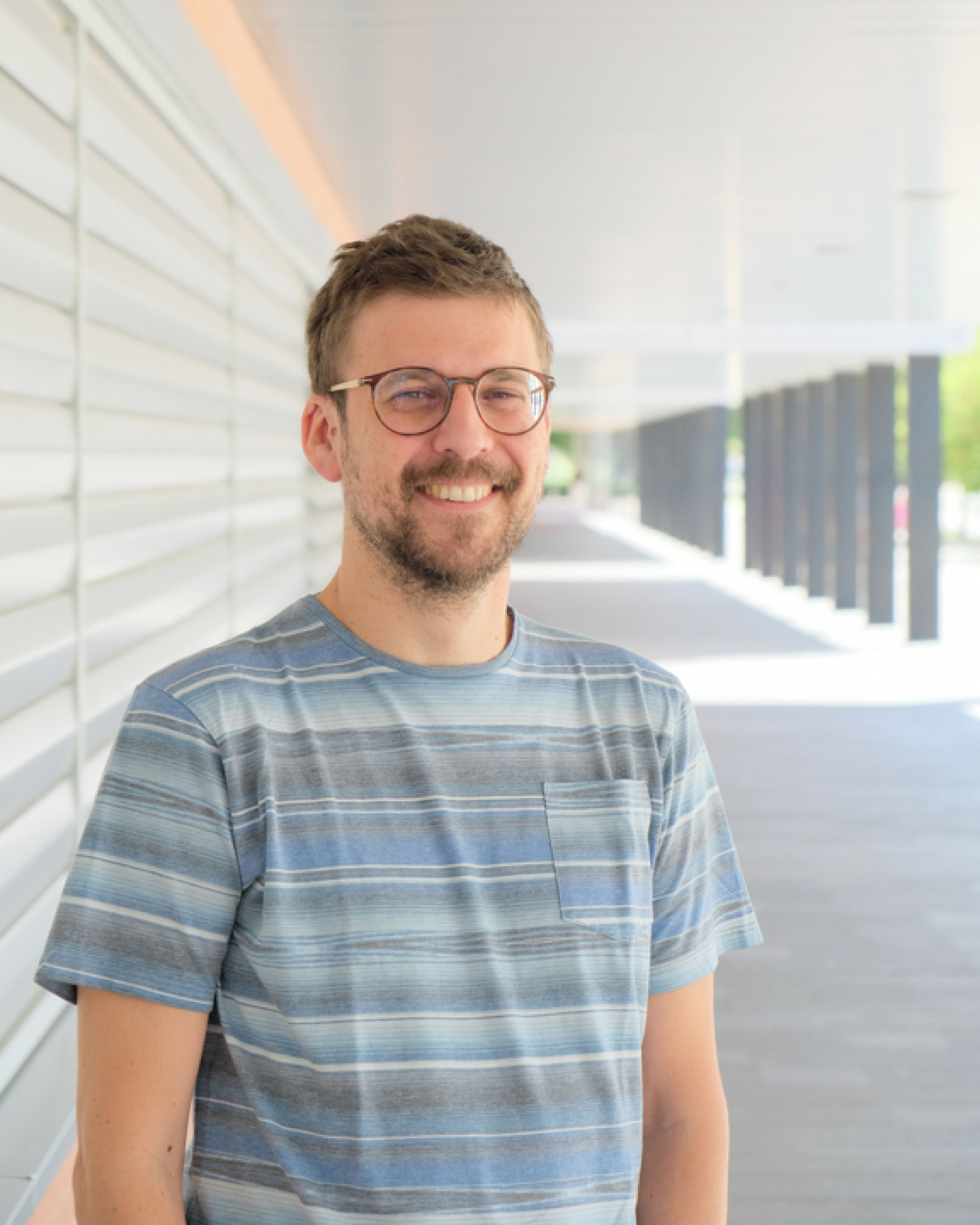Researchers at QUT have developed an automated system that improves how robots map and navigate the world.
This new development which makes vision-based mapping systems more adaptable to different environments, will be presented to the prestigious Robotics Science and Systems (RSS) 2024 conference in Delft, the Netherlands, next week by Dr Alejandro Fontan Villacampa from the QUT School of Electrical Engineering & Robotics and Professor Michael Milford, Director of the QUT Centre for Robotics.
Lead researcher, Dr Fontan said Visual SLAM was a technology that helped devices like drones, autonomous vehicles, and robots navigate.
"It enables them to create a map of their surroundings and keep track of their location within that map simultaneously," Professor Fontan said.
"Traditionally, SLAM systems rely on specific types of visual features - distinctive patterns within images used to match and map the environment.
"Different features work better in different conditions, so switching between them is often necessary.
"However, this switching has been a manual and cumbersome process, requiring a lot of parameter tuning and expert knowledge."
Dr Fontan said QUT's new system, AnyFeature-VSLAM builds / adds automation into the famous ORB-SLAM2 system that is widely used around the world.
"It enables a user to seamlessly switch between different visual features without laborious manual intervention," Dr Fontan said.
"This automation improves the system's adaptability and performance across various benchmarks and challenging environments."

Professor Milford said the key innovation of AnyFeature-VSLAM was its automated tuning mechanism.
"By integrating an automated parameter tuning process, the system optimises the use of any chosen visual feature, ensuring optimal performance without manual adjustments," Professor Milford said.
"Extensive experiments have shown the system's robustness and efficiency, outperforming existing methods in many benchmark datasets."
Dr Fontan said the development was a promising step forward in visual SLAM technology.
"By automating this tuning process, we are not only improving performance but also making these systems more accessible and easier to deploy in real-world scenarios," Dr Fontan said.
Professor Milford said the RSS conference was one of the most prestigious events in the field, attracting the world's leading robotics researchers.
"The presentation of AnyFeature-VSLAM at RSS 2024 highlights the importance and impact of this research," Professor Milford said.
"The conference will provide a platform for showcasing this breakthrough to an international audience."
"Having our research accepted for presentation at RSS 2024 is a great honour," said Professor Michael Milford, supervisor of the research project, which also involves collaboration with Associate Professor Javier Civera (pictured above left) from the University of Zaragoza in Spain.
"It shows the significance of our work and the potential it has to advance the field of robotics."
The project was partially funded by an Australian Research Council Laureate Fellowship and the QUT Centre for Robotics.
Main image: (from left) Dr Alejandro Fontan Villacampa and Professor Michael Milford
Read the full paper: AnyFeature-VSLAM: Automating the Usage of Any Feature into Visual SLAM · Robotics: Science and Systems (roboticsconference.org)






